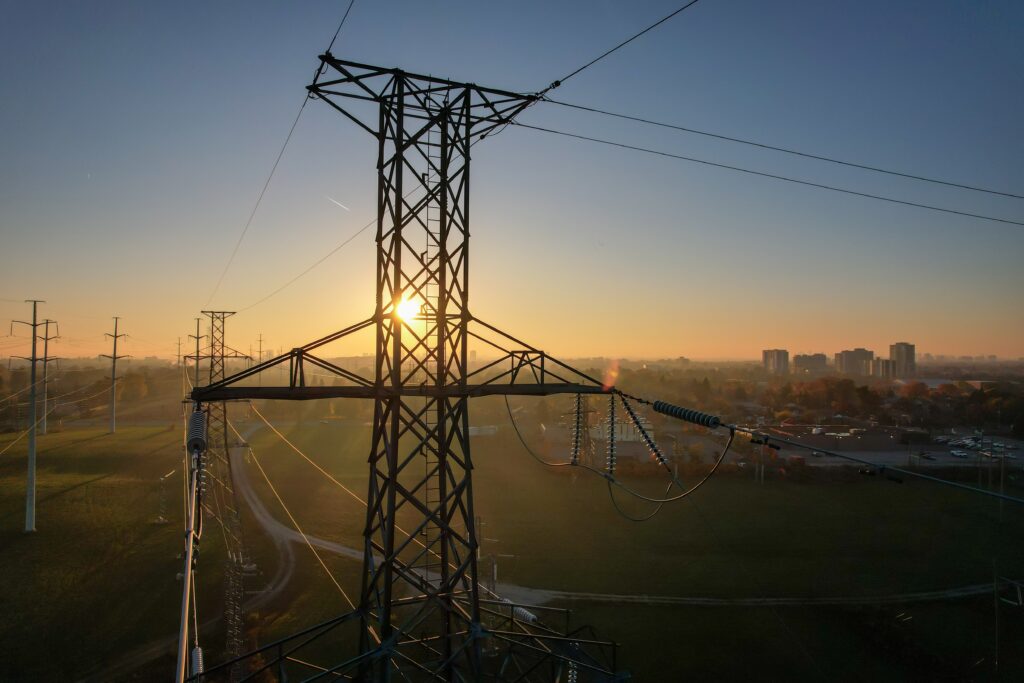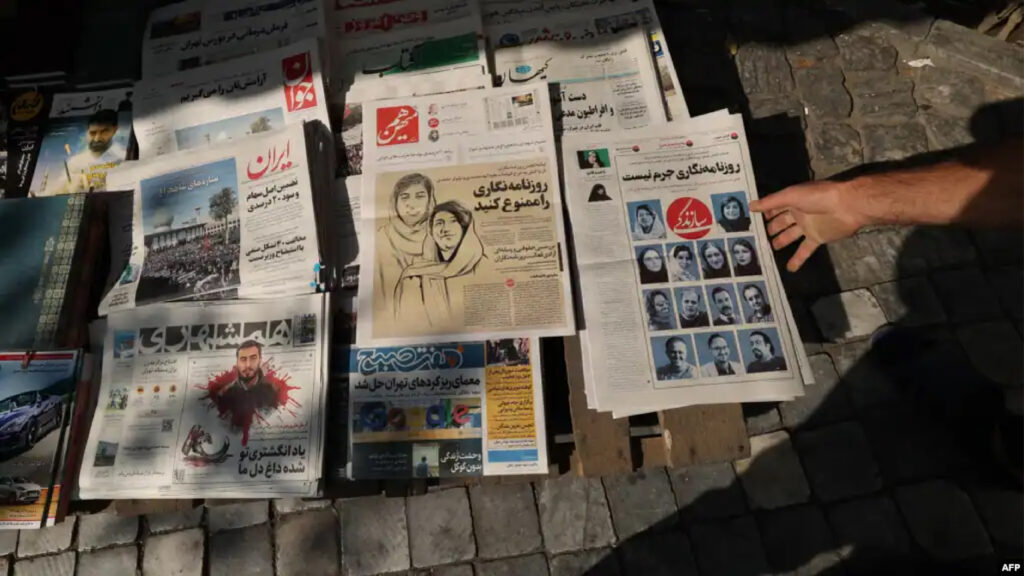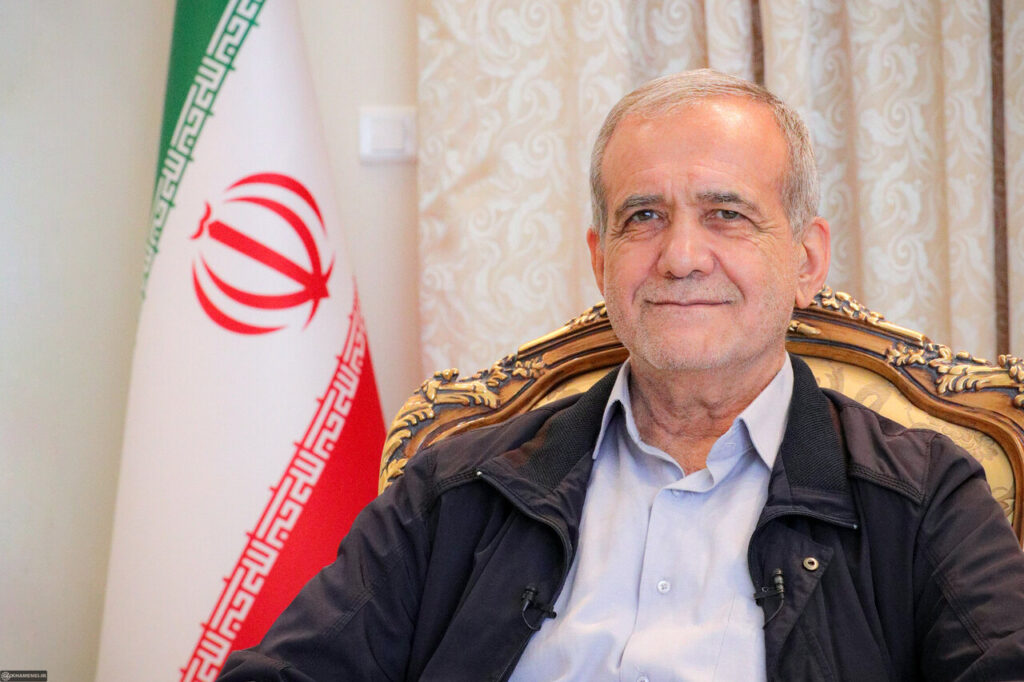
Many Questions About Police Treatment of Citizens
In his editorial in Setar-e Sobh, political and social analyst Hossein Alaei discussed the recent incidents involving police actions and their broader implications for society and governance in Iran. The editorial said that just a short while ago, a young woman fell into a coma following a police shooting in August, and her family remains deeply concerned about her well-being. This recent incident highlights ongoing concerns regarding police behavior towards citizens. The piece also noted that in the fall of 2022, the case of Mahsa Amini, who died while in police custody, brought significant upheaval to the country. This event, beyond the tragic deaths of several people in street protests, resulted in the diminished observance of mandatory hijab codes among women and embroiled the entire nation’s establishment in controversies surrounding the conduct of the morality police.
The editorial added that such incidents might have made the country’s officials realize the need for comprehensive training for all law enforcement personnel, from top to bottom, on how to appropriately interact with the public, especially in tense and stressful situations. The aim of such training would be to help police officers maintain their composure, thereby contributing to the peace and comfort of society. It argued that police officers should also receive instruction on effective communication, including the use of kind and reassuring words, to help calm the public during interactions.
Alaei discussed how this approach aligns with Islamic teachings, citing a verse from the Quran: “By the mercy of Allah, you were lenient with them. And if you had been rude [in speech] and harsh in heart, they would have disbanded from about you.”
The editorial then provided a personal anecdote to illustrate the consequences of poor police judgment. Alaei said that a few nights ago, while walking along Pasdaran Street at the corner of Akhavan, he noticed a police vehicle blocking a straight path and directing cars to take a side street and then a subsequent alley to reach the main road, despite the absence of traffic on the main street. This action caused a severe traffic jam in all the surrounding side streets. Alaei approached the officers, greeted them politely, and suggested to the police commander that opening the road would alleviate the traffic. The officer dismissed him, saying, “Go about your business; we know our job.” Alaei thanked them and walked away, observing the situation from a distance. Eventually, even the main street became completely congested, forcing the police vehicle to move aside and allow traffic to flow freely.
Yet, the editorial stressed that law enforcement agencies need to reevaluate their approach to public interactions. The importance of empathy, effective communication and equanimity in police work is paramount to not only improve public perception but also to maintain social stability. The piece argued that such changes would benefit both the police force and the citizens they are sworn to protect, fostering a more harmonious relationship between the state and its people.
Fear and Hope for the Capital Market
In his editorial in Jahan Eghtesad, capital market expert Reza Khanaki shed light on the prolonged recession in Iran’s capital market and the challenges it faces under current economic and political conditions. The editorial argued that if the new government’s policies maintain the status quo and do not address the fundamental issues facing the market, then their impact will be limited. He highlighted that during Abdolnaser Hemmati’s tenure as the governor of the Central Bank of Iran, there was manipulation of interest rates, which ultimately harmed the capital market. Despite this, Khanaki noted that the presence of Hemmati and his team might still be more beneficial for the capital market than the previous administration led by Hassan Khandouzi, which failed to support the market adequately.
The editorial further discussed the impact of international sanctions on the capital market, emphasizing that as long as these sanctions remain in place, there is little hope for the market’s true potential to be realized. It stated that the capital market is essentially a reflection of the entire economy, and economic growth under sanctions is nearly impossible — if not entirely so. The editorial argued that without the lifting of sanctions, the market is unlikely to experience sustainable growth.
The piece added that if sanctions are lifted, the market could see significant growth. However, if the sanctions persist, any growth in the market might only be temporary and driven primarily by an increase in currency values, rather than genuine economic expansion. In such a scenario, the editorial suggested that the general public would not participate in or benefit from this growth, leading to a widening gap between market performance and public engagement.
Yet, the editorial argued that the future of Iran’s capital market depends heavily on both internal policy shifts and external geopolitical developments. It stressed the need for a clear and supportive economic policy from the new government to revitalize the market and ensure its growth. Without substantial changes, particularly in the context of international sanctions, the capital market is likely to continue facing significant challenges. The article called for a balanced approach that includes sound economic policies, realistic expectations, and a focus on creating a stable environment that encourages both domestic and foreign investment in the capital market.
The Impact of Housing Inflation
In his editorial in Arman Daily, economic expert Majid Goodarzi spotlighted the significant impact of housing inflation on the overall inflation rate in Iran and the broader economic and social implications. The editorial argued that the impact of housing inflation on general inflation is much greater than the reverse effect of general inflation on housing inflation. It noted that the cost of housing is embedded in the total cost of all goods and services, making a large proportion of general inflation directly linked to housing inflation. Conversely, general inflation does not have a significant impact on housing inflation, or its impact is minimal.
The editorial provided data to illustrate the disparity between housing inflation and general inflation over the past eight years. The writer stated that housing inflation has been 725% during this period, which equates to an annual rate of about 90.6%. Meanwhile, the average general inflation rate has been around 31% per year. He noted that housing inflation contributes a 90% increase to general inflation each year, whereas general inflation imposes only a 31% increase on the housing sector. Thus, housing inflation has been about 200% more influential on general inflation than the other way around.
The editorial also discussed how some individuals, seeking to justify excessive price increases and illegal pricing practices in the housing market, resort to deceptive tactics. Goodarzi highlighted that these actions are driven by a lack of regulation and oversight in the housing sector.
The editorial further explained that housing is a key driver of inflation in the country, significantly affecting both the economy and Iranian society with its destructive impacts. The editorial argued that without controlling housing inflation, it is impossible to control general inflation effectively. Goodarzi emphasized that although one might expect inflation to at least stimulate some relative growth in the construction sector, housing inflation has not led to a boom in the housing market. Instead, the building industry has been completely paralyzed due to unregulated and erratic pricing, suffering the most damage as a result.
Yet the editorial called for a more regulated approach to the housing market and emphasized the need for comprehensive strategies to control housing inflation as a prerequisite for achieving broader economic stability. The piece urged policymakers to prioritize housing issues to prevent further economic and social harm.
Cease the Fire
In an editorial for Jahan-e Sanat, Mohammad Sadegh Janan-Saffat addressed the dissatisfaction among Iranian citizens regarding their living conditions. It is widely acknowledged by politicians, sociologists, economists and the administrators of the Iranian republic that Iranians are unhappy with their current situation. With the advent of a new government and president, there is hope for improvement, and citizens wish to see their material and financial status rise from today’s dire conditions to at least match that of neighboring countries.
Saffat noted that Iranians also seek mental and emotional well-being, which they currently lack. The editorial questioned how long this dismal situation will persist. State officials, who are seen as part of the dissatisfaction equation, often deny that most Iranians are unhappy, attributing dissatisfaction to the influence of negative voices. Conversely, these officials promise that, after overcoming Western powers and establishing a new global order, they will resolve the material and financial issues and provide mental and emotional comfort to the Iranian people. However, citizens remain skeptical, given the four decades of unfulfilled promises about the imminent defeat of Western imperialism.
The editorial suggested that instead of waiting indefinitely for the downfall of American imperialism, Iran could pursue a shortcut by reaching a comprehensive understanding with the West, especially with the United States, to ensure mutual non-interference. Given the current global power distribution favoring the West, it appears feasible that Iran and the West could achieve a temporary ceasefire. Saffat proposes that this approach should be considered by the nation’s leaders as an alternative to ongoing conflict, allowing Iranians a chance to heal.

The Gap Between Power Outages and the Alleged 8% Economic Growth

In a recent address, First Vice President Mohammad-Reza Aref criticized the current state of Iran’s power sector during the introduction of Abbas Aliabadi as the new minister of energy.
Aref highlighted the disconnect between the country’s goal of 8% economic growth and the persistent issue of daily power outages lasting 7 to 8 hours. He emphasized that these outages not only cause significant damage but also result in substantial missed opportunities. Aref called for a detailed report on the current situation within the Ministry of Energy, including its advantages, challenges and problems, to better assess progress and outcomes by the end of the administration.
Aref also voiced concerns over the inadequate investment in renewable energy sources like solar, wind, and geothermal energy. He pointed out that despite the ambitious 8% growth target outlined in the national development plan, there has been little progress.
The vice president stressed that achieving this target is crucial for Iran to become a leading regional power. He lamented that past administrations neglected renewable energy in favor of short-term solutions and urged a shift towards a national focus on sustainable energy sources to address both current and future challenges.
Pressure on Journalists in Iran Increased Several Times Last Month

According to the Organization for Defense of the Free Flow Information (DeFFI), pressure on journalists in Iran has significantly intensified over the past month, coinciding with the inauguration of President Masoud Pezeshkian. The organization, which advocates for freedom of speech, reported that in August — covering the period from August 11 to September 10 — there was a fivefold increase in legal actions and harassment against journalists compared to the previous month.
Notable legal actions included the sentencing of Niloofar Hamedi and Elaheh Mohammadi to five years in prison each, and Omid Faraghat to six months in prison. Foad Sadeghi also faced imprisonment. Additionally, three journalists from Abadan were summoned to the Revolutionary Court, and physical assaults and legal complaints were reported against journalists in Iranshahr.
The report highlights multiple incidents including the Ministry of Roads suing a journalist from Eghtesad Online, the issuance of arrest warrants by the Tabriz prosecutor’s office, and attacks on journalists such as Ejlal Ghavami. Despite President Pezeshkian’s agreement with the Tehran Journalists’ Association to retract some government complaints against media personnel, new legal actions were initiated against seven journalists and media outlets.
The DeFFI noted that last month saw at least 12 violations of journalists’ legal rights by judicial and security bodies, bringing the total number of imprisoned journalists and media activists in Iran to nine. The International Federation of Journalists (IFJ) reported that at least 27 journalists were detained in Iran in the past year, making it the sixth largest jailer of journalists globally, according to the New York-based Committee to Protect Journalists (CPJ).
Pezeshkian: Representatives on Foreign Trips Only Sightsee, We Asked What They Do But Received No Answer!

In a recent statement, President Masoud Pezeshkian criticized the effectiveness of parliamentary delegations traveling abroad. During the introduction of the new foreign minister, Pezeshkian lamented that members of the Iranian Parliament, when he was a representative, were often sent on friendship missions to various countries. He recounted asking for clear objectives and guidance on what should be accomplished during these trips, such as enhancing economic or cultural ties. However, he said that despite these inquiries, they received no meaningful responses or directives.
Pezeshkian asserted that these trips, organized under the guise of fostering international relations, result in mere sightseeing with no tangible outcomes. He expressed frustration with the lack of concrete results or actionable plans from these foreign visits, implying that they are ineffective and fail to deliver any real benefit. This critique underscores a broader concern about the utility and impact of such diplomatic and legislative efforts.
National Institute for Population Research: The Number of Marriages in Iran Has Been Decreasing Each Year Since 2011

According to National Institute for Population Research, the average age of first marriage in Iran has increased, with women marrying at around 24 and men at about 28 years old as of last year. This reflects a significant trend shift; since 2011, the number of marriages in Iran has been declining. Mohammad Javad Mahmoudi, the head of the institute, highlighted these trends in a recent interview with ISNA, comparing data from 1966 to 2023.
Over the past 57 years, the average age of first marriage has risen by approximately five and a half years for women and three and a half years for men. Marriage rates increased steadily from 1966 to 2009, reaching a peak of 891,627 registered marriages, the highest in over 50 years. However, from 2011 onward, the number of marriages has decreased, with only 480,868 marriages recorded last year.
Mahmoudi attributed this decline to a reduction in the population of 18 to 23-year-olds, which has been noticeable for about a decade. Despite repeated calls by Supreme Leader Ali Khamenei for policies to promote marriage and childbirth, marriage rates have continued to fall by an average of 6% annually since 2011. Additionally, birth rates have also dropped, with the first nine months of 2023 seeing the lowest number of births in the past decade.
Mahmoudi expressed concern that the population of women of childbearing age will significantly decrease after 2025, indicating that the opportunity to increase the population from 2009 to 2021 has been missed.
